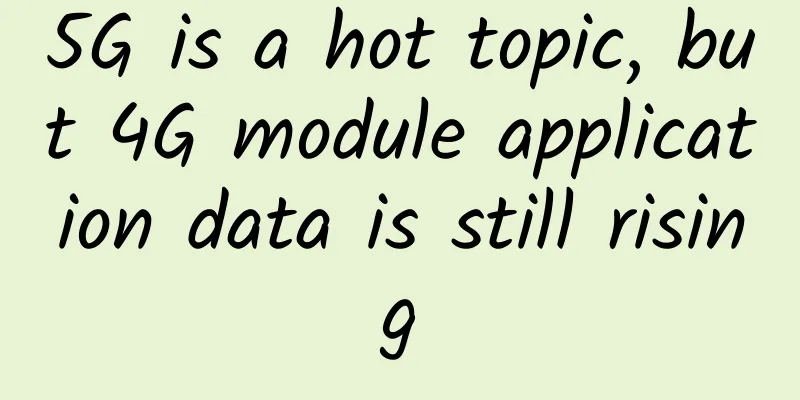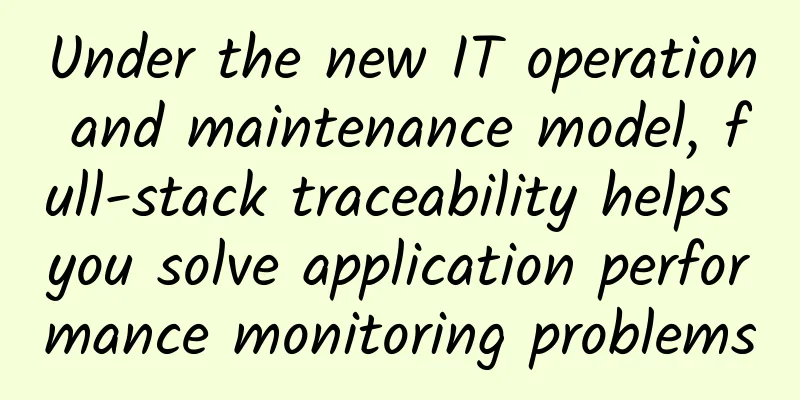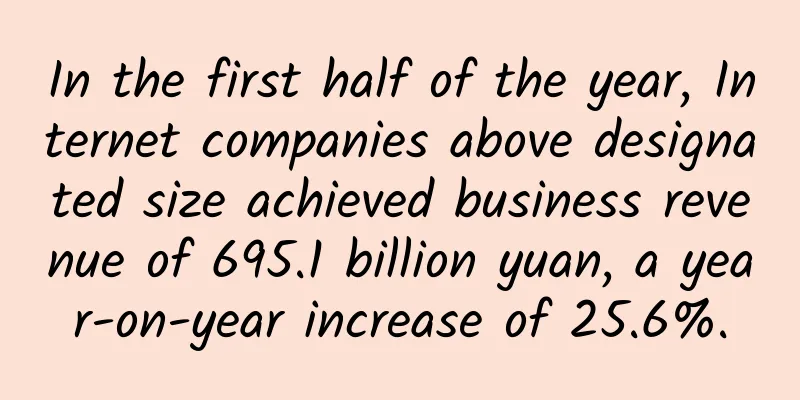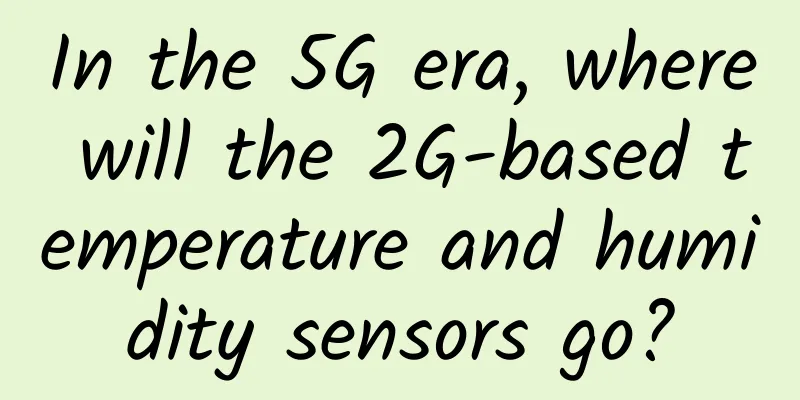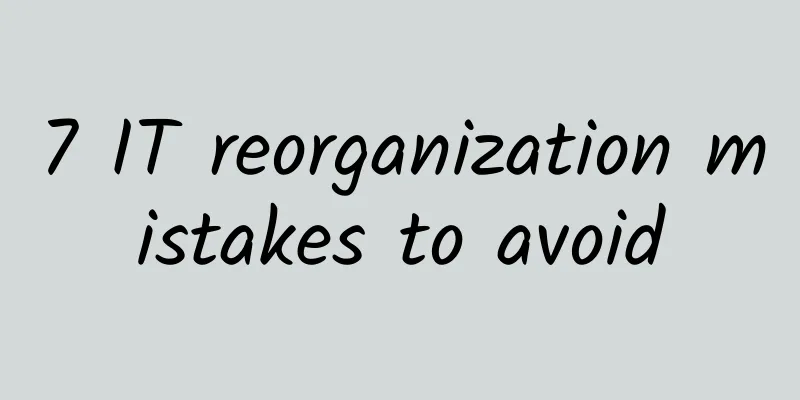DataView standardizes indicator management to help enterprises quickly formulate SLOs
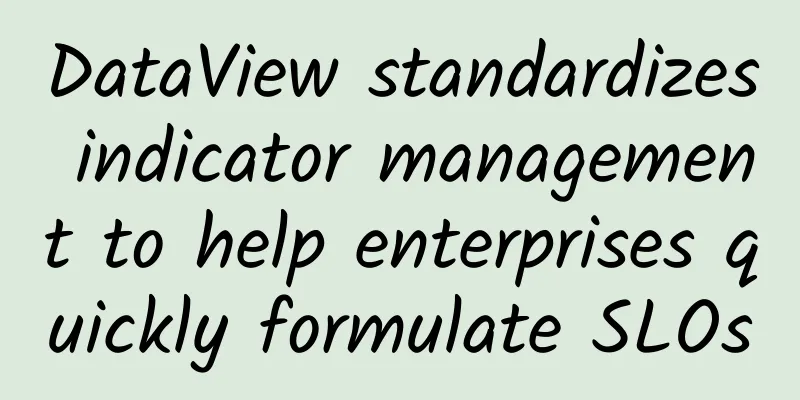
|
In the wave of digital transformation of enterprises, more and more enterprises are moving towards comprehensive and refined operations. Among them, the operation and maintenance department often evaluates the health status of services by formulating service level indicators (SLIs), and ensures the stability of enterprise services by achieving service level objectives (SLOs), providing strong operational support for enterprises. At present, when formulating service level indicators (SLIs), enterprises often face the problem of scattered data and the inability to associate definitions. When a service fails, they are faced with logging into various monitoring platforms such as IT infrastructure monitoring, APM application performance monitoring, middleware monitoring, and log monitoring to check monitoring data. Since the data has no correlation, it is difficult to locate the fault, which affects the achievement of service level objectives (SLOs). Bonree DataView—Building an integrated, standardized operation and maintenance data platform <br /> To solve the problem of enterprise operation and maintenance data analysis difficulties, Bonree DataView provides an integrated, standardized, and visualized operation and maintenance data platform construction solution. Through four steps, it helps enterprises quickly build a comprehensive data analysis platform. DataView provides a rich and fast data integration method to help enterprises centralize operation and maintenance data and lay a solid foundation for subsequent data analysis. Data integration methods include: 1. Monitoring data collection: Through SmartAgent, collect monitoring data of various service components such as IT infrastructure, containers, databases, middleware, etc. 2. Monitoring platform connection: Supports quick connection with all Bori products, Zabbix, Promethus, Alibaba Cloud monitoring and other monitoring platforms, and obtains data collected by each monitoring platform 3. Database connection: connect to Mysql, Oracle and other databases to obtain data, and connect to Kafka message middleware to consume data 4. Custom reporting: reporting data via HTTP After accessing data from different sources, the first problem is that the inconsistency of data format and data language leads to difficulty in using the data and the inability to associate data. To this end, DataView provides standardized indicators and entity management functions to standardize the accessed data from two aspects. The functions include: 1. Standardized indicator definition : supports converting data in different formats into standardized indicator formats: indicator name, indicator dimension; uniformly obtains data in the form of indicators, and supports multi-dimensional indicator analysis. 2. Standardized entity definition: supports defining the same analysis objects in different data sources as standardized entity types; thus supporting the analysis of indicators in multiple data sources. Usage Examples Table 1: For a certain application, the user request data collected by the front end is as follows: Table 2: For a certain application, the response time data collected by the server is as follows: After DataView standardizes indicators and entity definitions, you can obtain:
Among them, through the definition of dimensions, it supports obtaining indicator statistical data of different dimensions, such as obtaining the number of application front-end user requests for a certain operating system.
Among them, by associating the application with the indicators in Table 1 and Table 2 through data association, the application's request count statistics and response time statistics for a certain time period can be obtained at the same time. After data standardization, DataView supports the definition of health scoring models for entity types. It can evaluate the health status of entity types based on multiple indicators of entity types, helping enterprises quickly define service level indicators (SLIs). Example: The expected configuration service health score is calculated as follows: average response time score * 0.2 + error rate score * 0.6 + Apdex index score * 0.2, where:
To meet the data analysis needs of different enterprise scenarios, DataView also provides the ability to customize visualization applications. Users can quickly configure visualization dashboards by dragging and dropping, and quickly configure scenario-based data analysis applications through functions such as custom component interactions and custom application menus. Click to read the original text , come and apply for the DataView trial version to experience the full range of data analysis platform~ |
<<: In addition to being faster than 4G, what other secrets does 5G have that you don’t know?
>>: Silicon multiplexer chips will drive the development of 6G next-generation communications
Recommend
BuyVM restock, 1Gbps unlimited traffic in Las Vegas/New York/Miami/Luxembourg and other data centers starting from $3.5/month
BuyVM has currently restocked a large number of V...
Comment: Who is the first 5G city?
In order to further unleash the role of new infra...
Aruba announces integration with Xinshangan IoT System to enable smooth integration of Wi-Fi and IoT
Recently, Aruba, a subsidiary of Hewlett Packard ...
Basic introduction and installation verification of the open source API gateway Kong
Today I am going to introduce the open source API...
DiyVM: Japan/US/Hong Kong CN2 line VPS 50% off monthly payment starting from 50 yuan, Hong Kong independent server starting from 499 yuan/month
DiyVM is a Chinese hosting company founded in 200...
Six key trends in network management
We live in an era of rapid development of IT tech...
How IPv6 works in the Internet
[[342618]] This article is reprinted from the WeC...
How to Choose the Right Data Cabling for Your Business
Are you building a new office? Is your current of...
BuyVM adds new unlocked streaming VPS hosts, 1Gbps unlimited traffic from $5/month
BuyVM has launched the China Special - STREAM RYZ...
Huawei FusionServer RH8100 adds another option to the mission-critical server market
With the transformation from "Made in China&...
6 hot trends in IT recruiting, and 5 that are cooling down
A global pandemic, the resulting recession and na...
GINERNET: €19.95/year - 1GB/10G NVMe/1TB/Spain VPS
Is there anyone who needs a Spanish VPS? GINERNET...
What do Wi-Fi 4/5/6/7 stand for? Learn about the evolution of Wi-Fi in one article
Wi-Fi is the abbreviation of Wireless Fidelity. I...
Before the 5G feast, the operators' tight restrictions have been booked
At the 2019 Mobile World Congress held in Barcelo...
![[11.11] Megalayer: US/Hong Kong dedicated servers starting from 299 yuan/month, 1Gbps dedicated servers starting from 499 yuan/month](/upload/images/67cac02b1dc92.webp)
